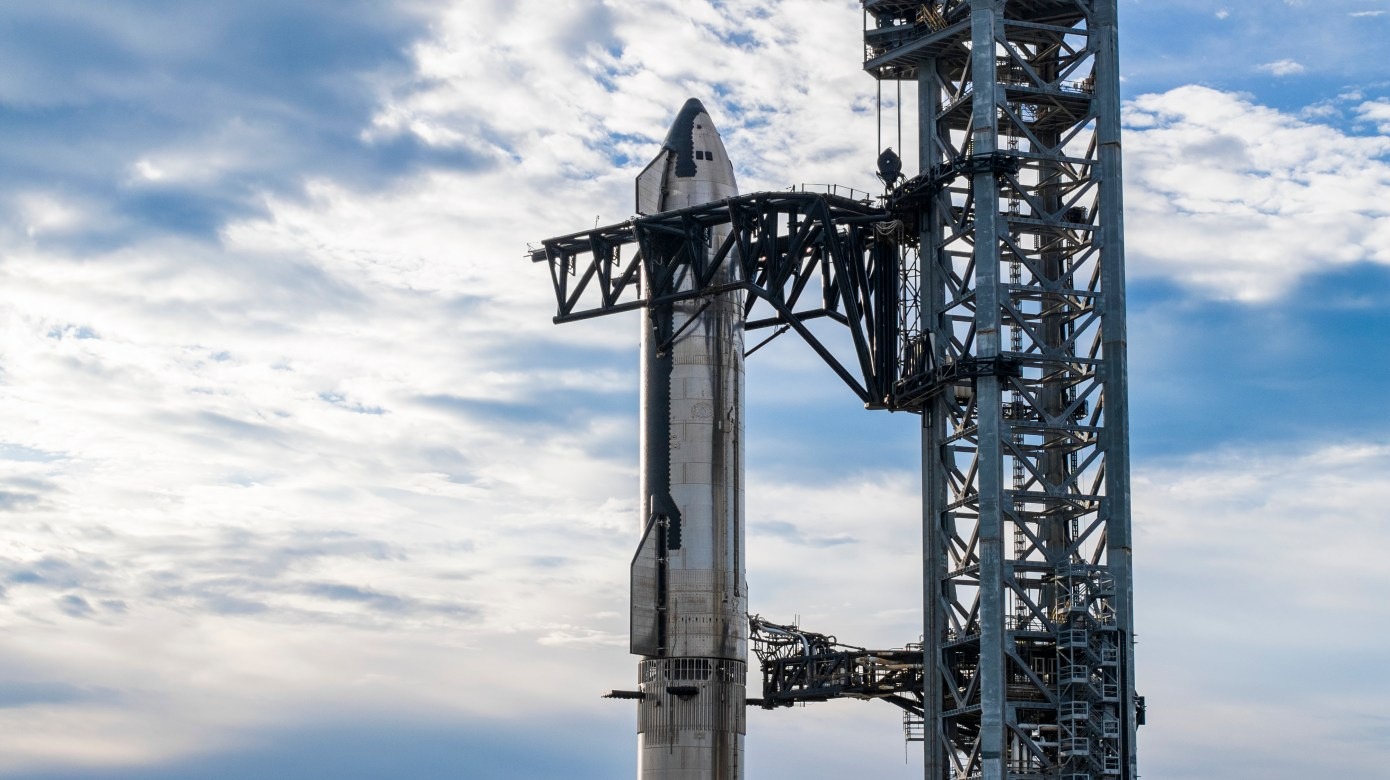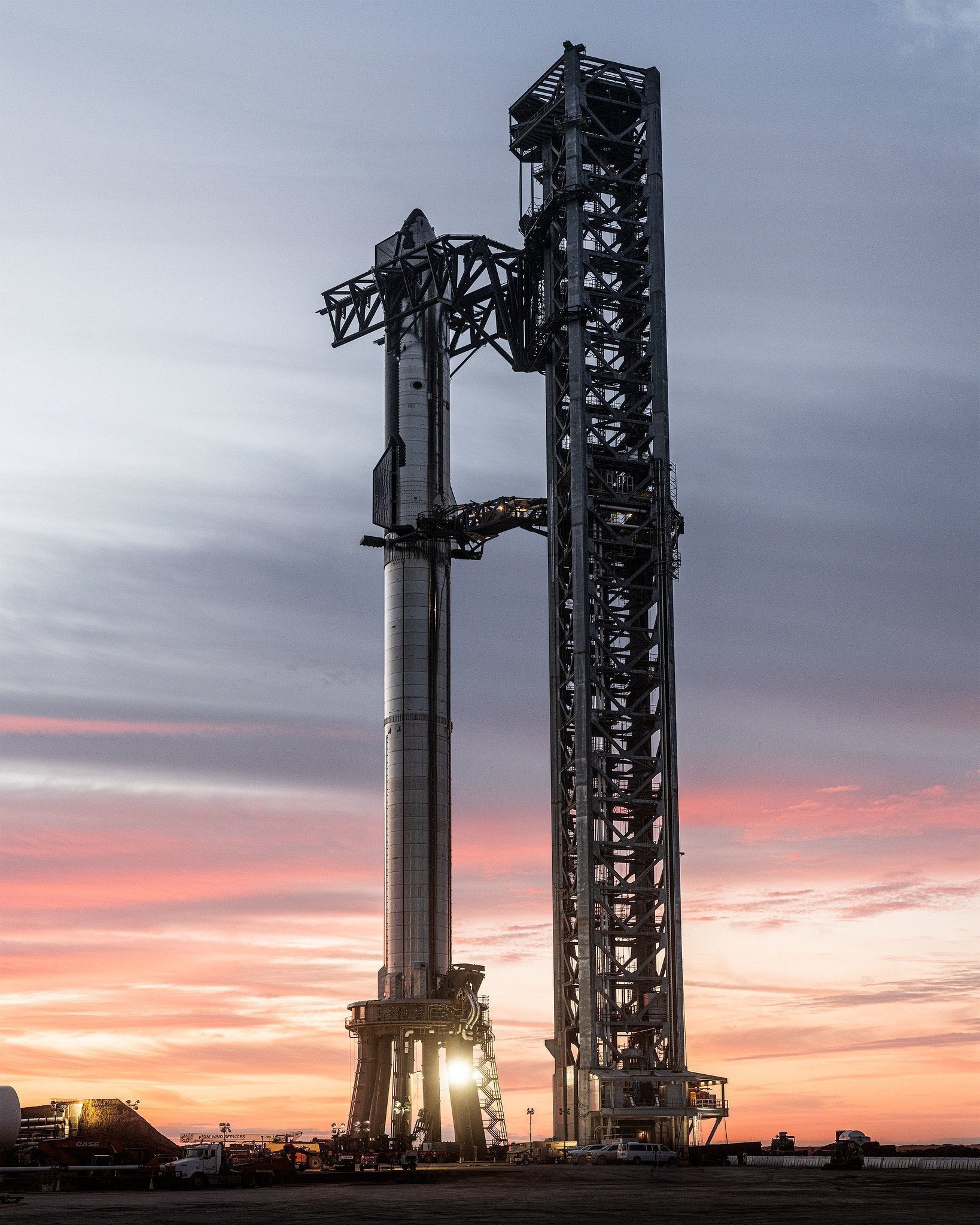The US Federal Aviation Administration (FAA) completed an investigation into SpaceX’s Starship second flight, which took place last November and ended with the explosions of the first stage of the Super Heavy launch vehicle and the Starship spacecraft.

The space company headed by Elon Musk is now awaiting permission to launch Starship on its third test flight. SpaceX is expected to get the green light in March. The launch will take place shortly after the permit.
After the flight test in November 2023, SpaceX led the investigation under the supervision of the U.S. Federal Aviation Administration (FAA) and with the participation of NASA and the National Transportation Safety Board. SpaceX shared some details on the investigation of the failed flight, noting that this was the first Starship test in which the separation of the stages was carried out for the first time.
“After the separation of the Super Heavy stages, the acceleration phase began, during which 13 of the 33 Raptor engines began to shut down. One engine failed completely, which quickly led to a “quick unplanned disassembly” of the launch vehicle. The destruction of the rocket occurred after more than 3.5 minutes of flight at an altitude of 90 km above the Gulf of Mexico,” explained SpaceX.

SpaceX stated that the most likely root cause of the launch vehicle accident was the blocking of the filter through which liquid oxygen was supplied to the engines, which led to a loss of inlet pressure in the engine oxidizer turbopumps, which eventually led to the failure of one of the engines, which led to the loss of the launch vehicle.
The report stated that in order to prevent the recurrence of such situations, hardware changes were made to the booster oxidizer tanks to improve fuel filtration capabilities, as well as improved operations to increase reliability.
“SpaceX has identified and the FAA agrees with the root causes and 17 corrective measures documented in SpaceX’s incident report. Before the next launch, SpaceX must complete all corrective actions and obtain a new license from the FAA that takes into account all safety, environmental and other regulatory requirements,” the FAA said in a statement.

In the same test flight, the separated Starship spacecraft continued on its way until a leak of liquid oxygen fuel caused a fire, which led to a loss of communication between the spacecraft’s onboard computers, and then led to the loss of the unit as a whole. SpaceX said it had made changes to the hardware to reduce leaks and fire safety measures.
“The new Starship is ready to fly,” said Elon Musk’s company, which is awaiting launch approval from the FAA.
Earlier, we reported on how Elon Musk announced the third flight of Starship in three weeks.
According to techcrunch.com
Follow us on Twitter to get the most interesting space news in time
https://twitter.comne/ust_magazine


